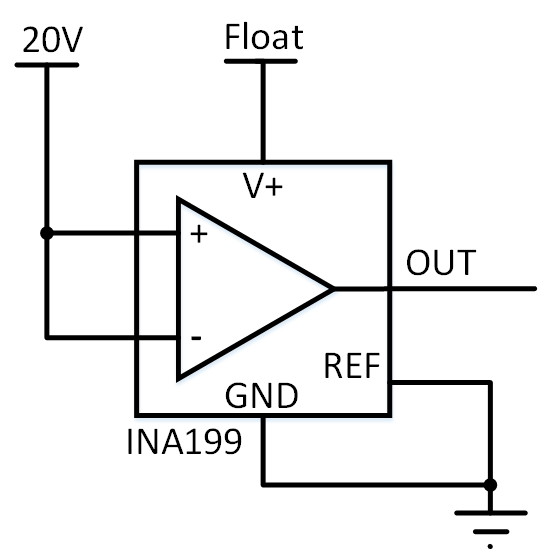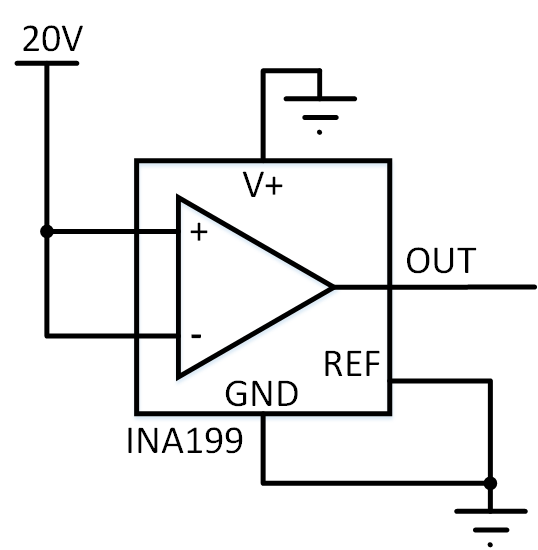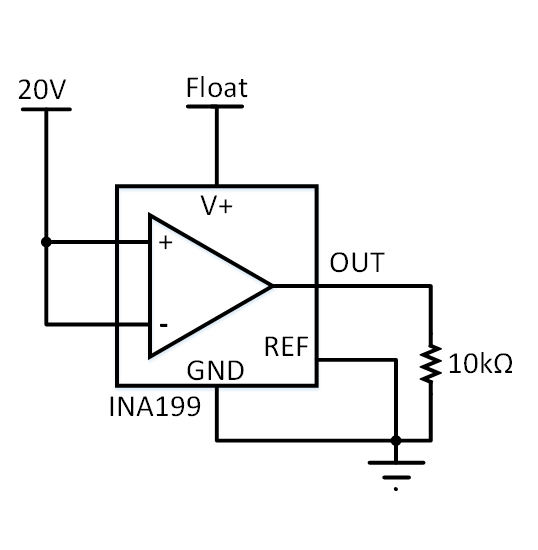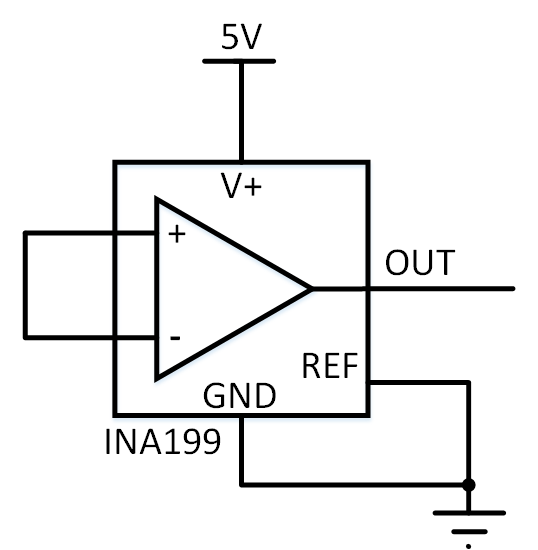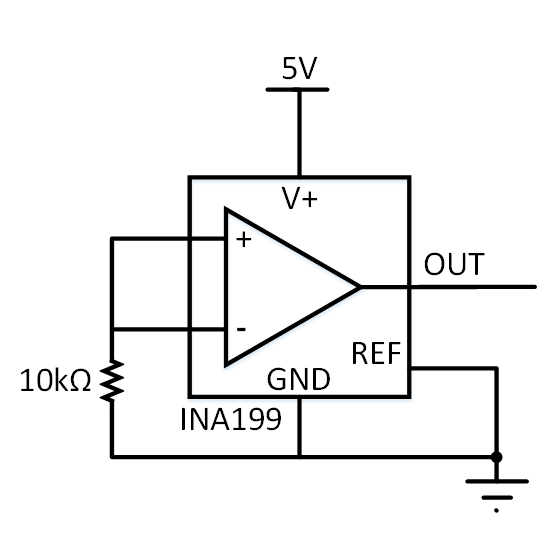I expect that when I turn on my system, there will be a delay between when my microcontroller is ready for measurement and when my INA199
is properly powered on. Will this produce errors in my microcontroller readings?
-
Ask a related question
What is a related question?A related question is a question created from another question. When the related question is created, it will be automatically linked to the original question.


